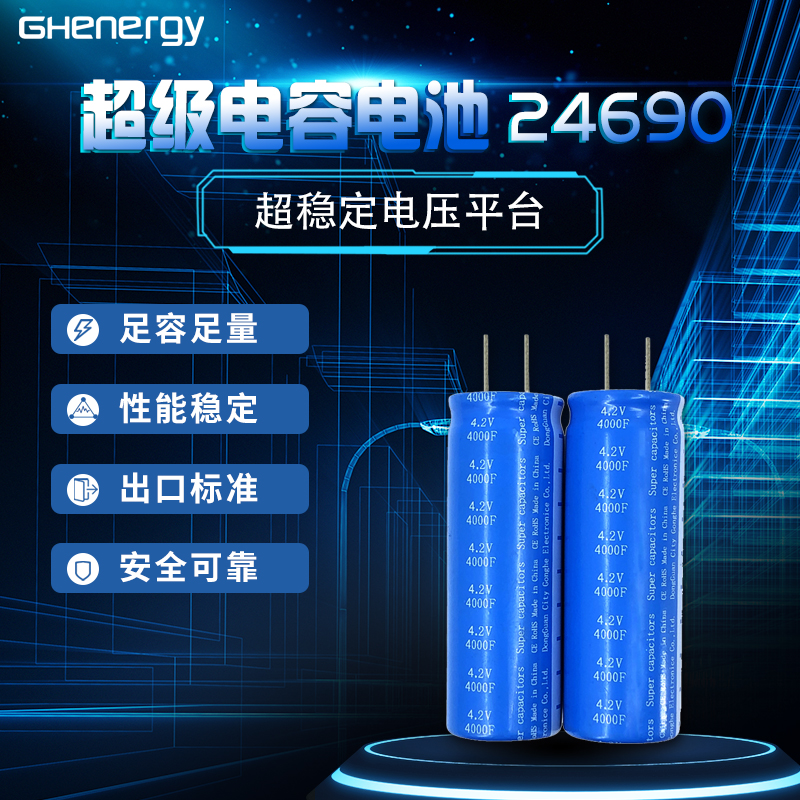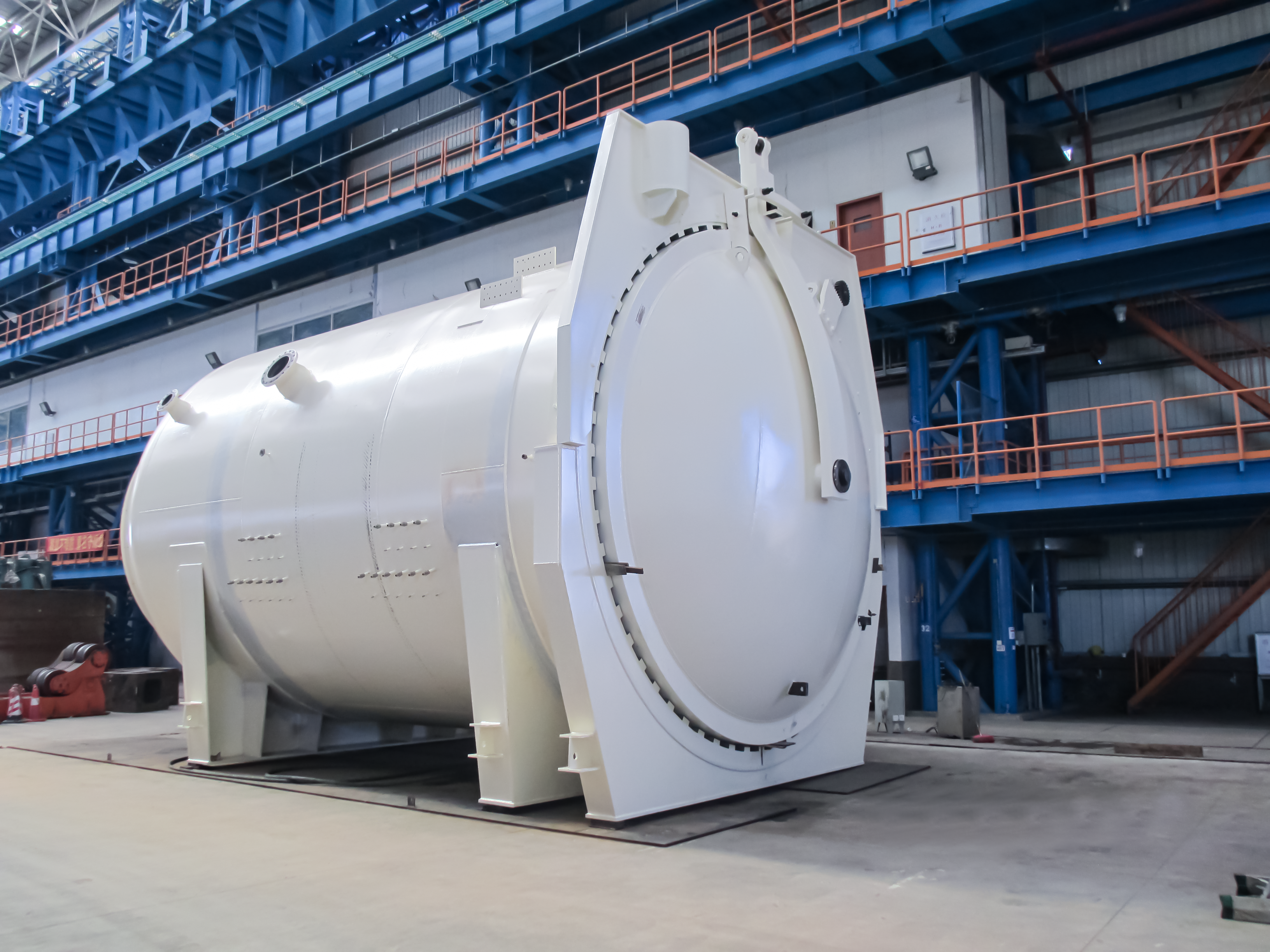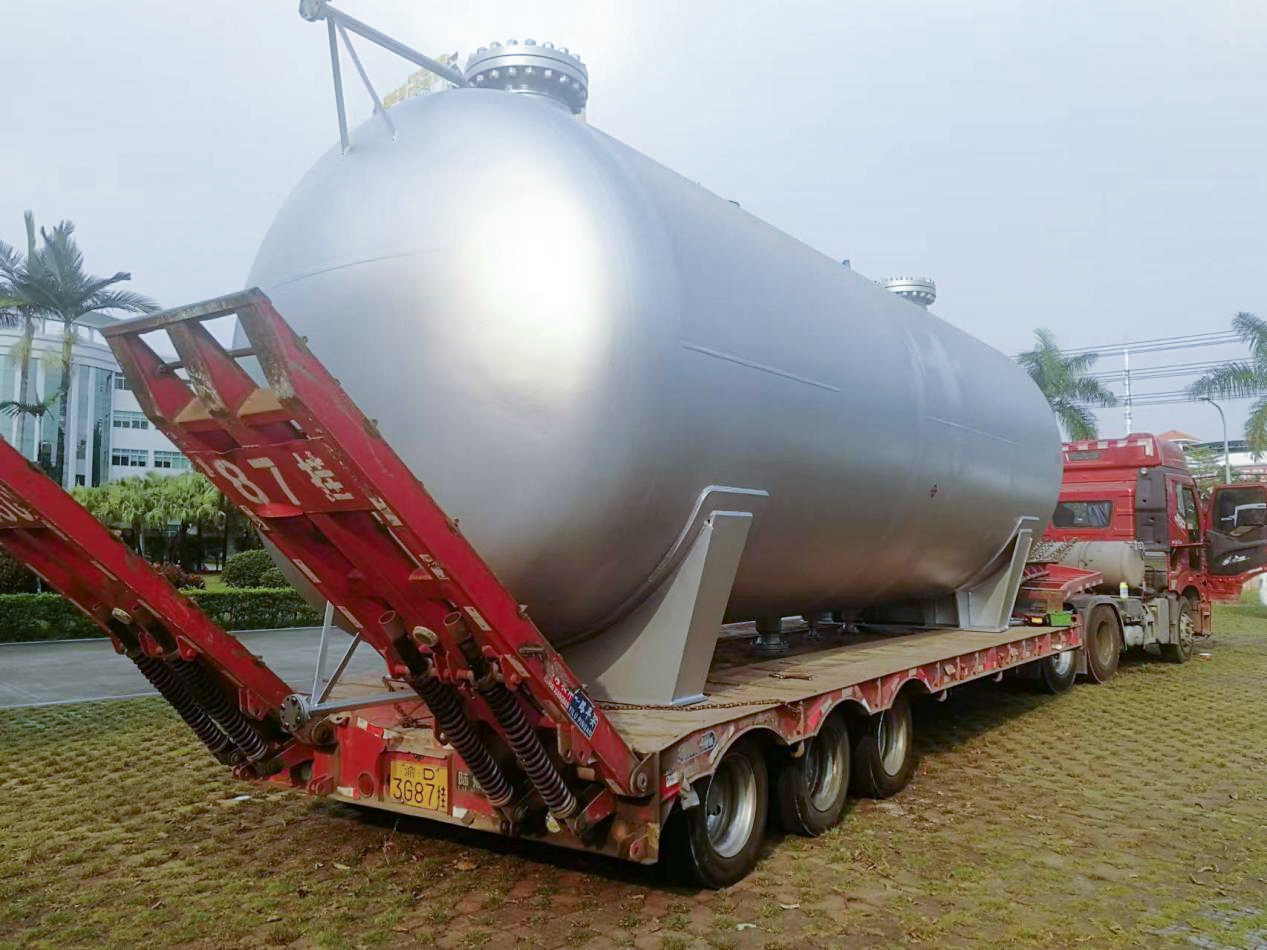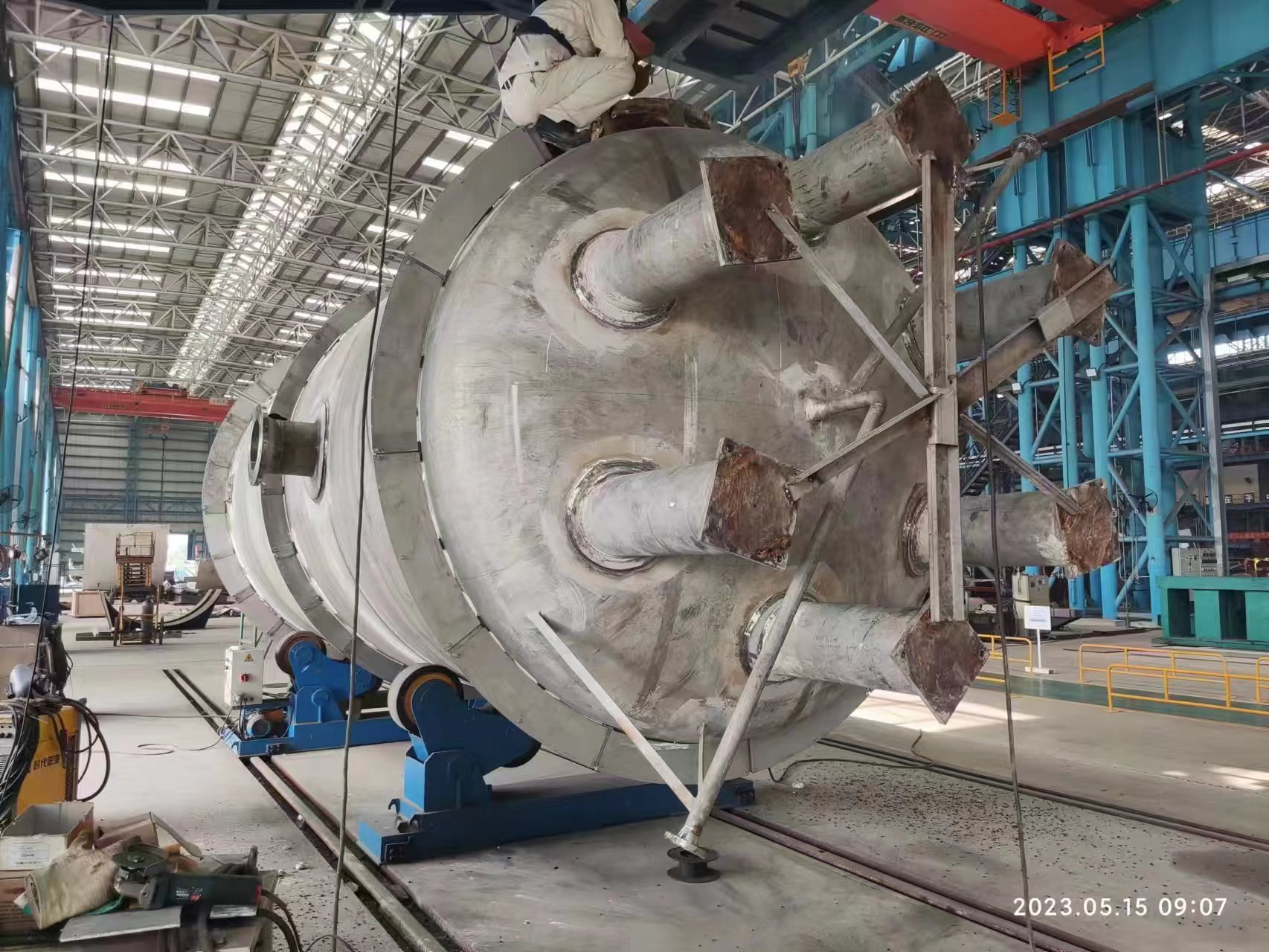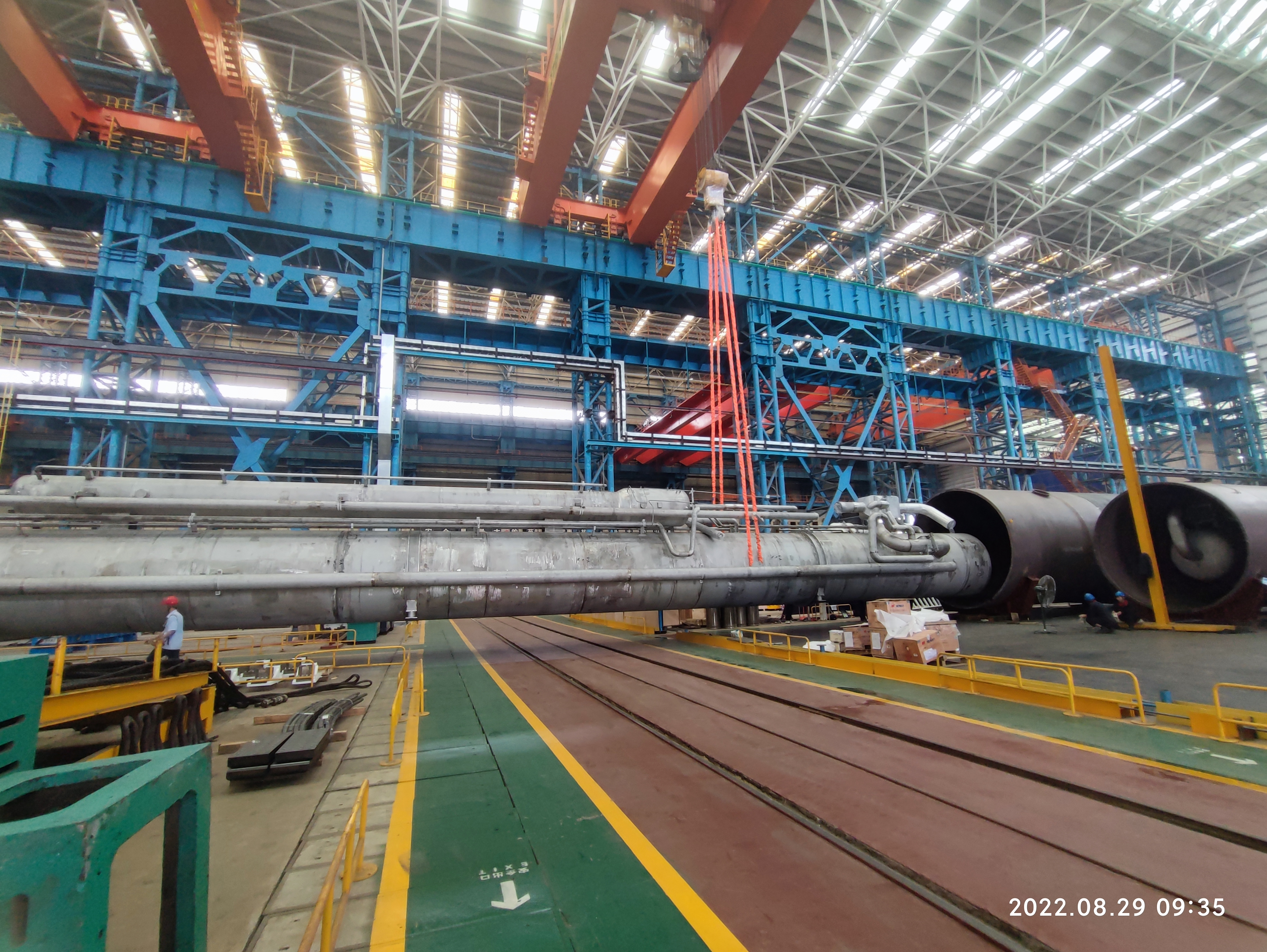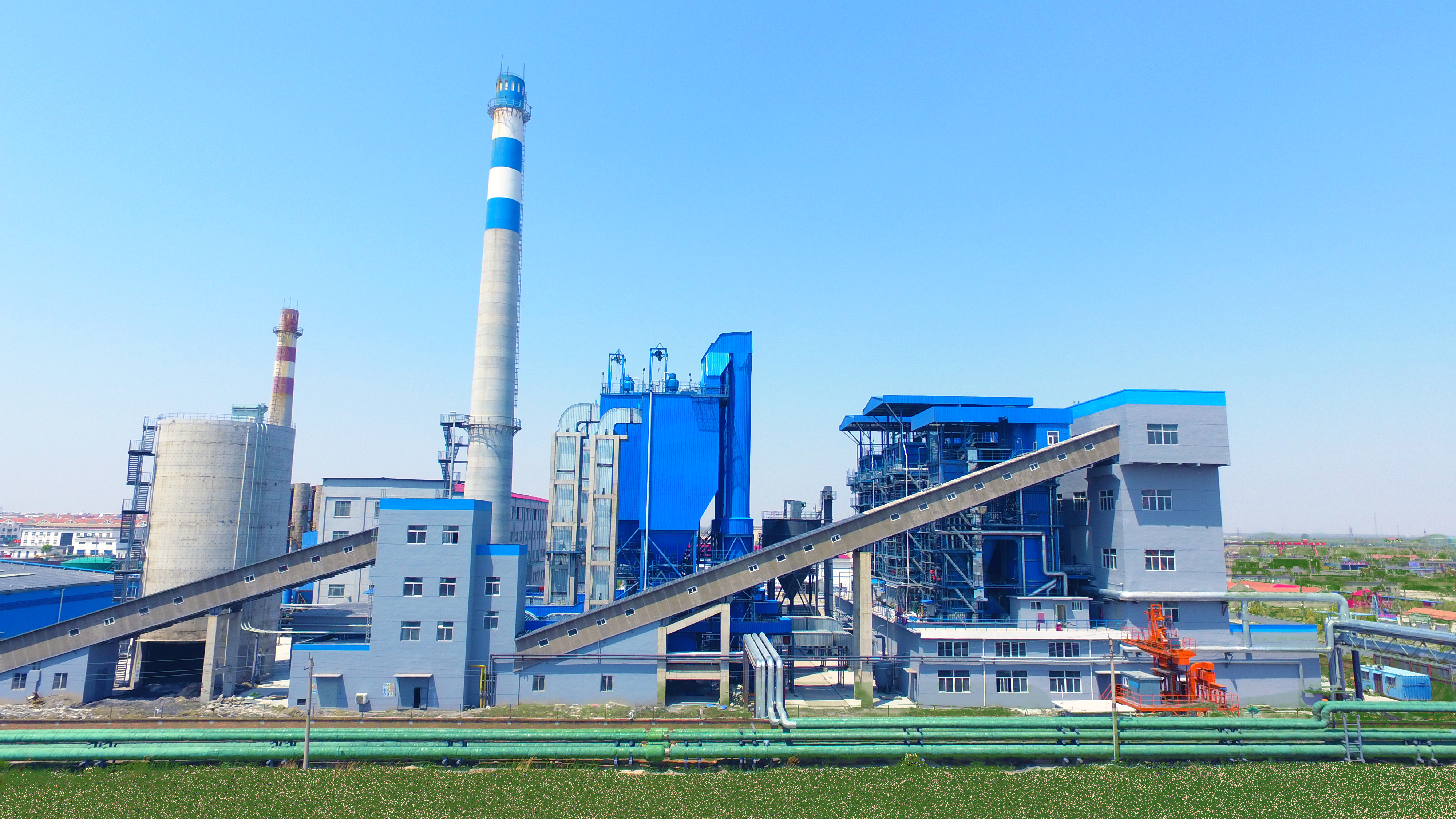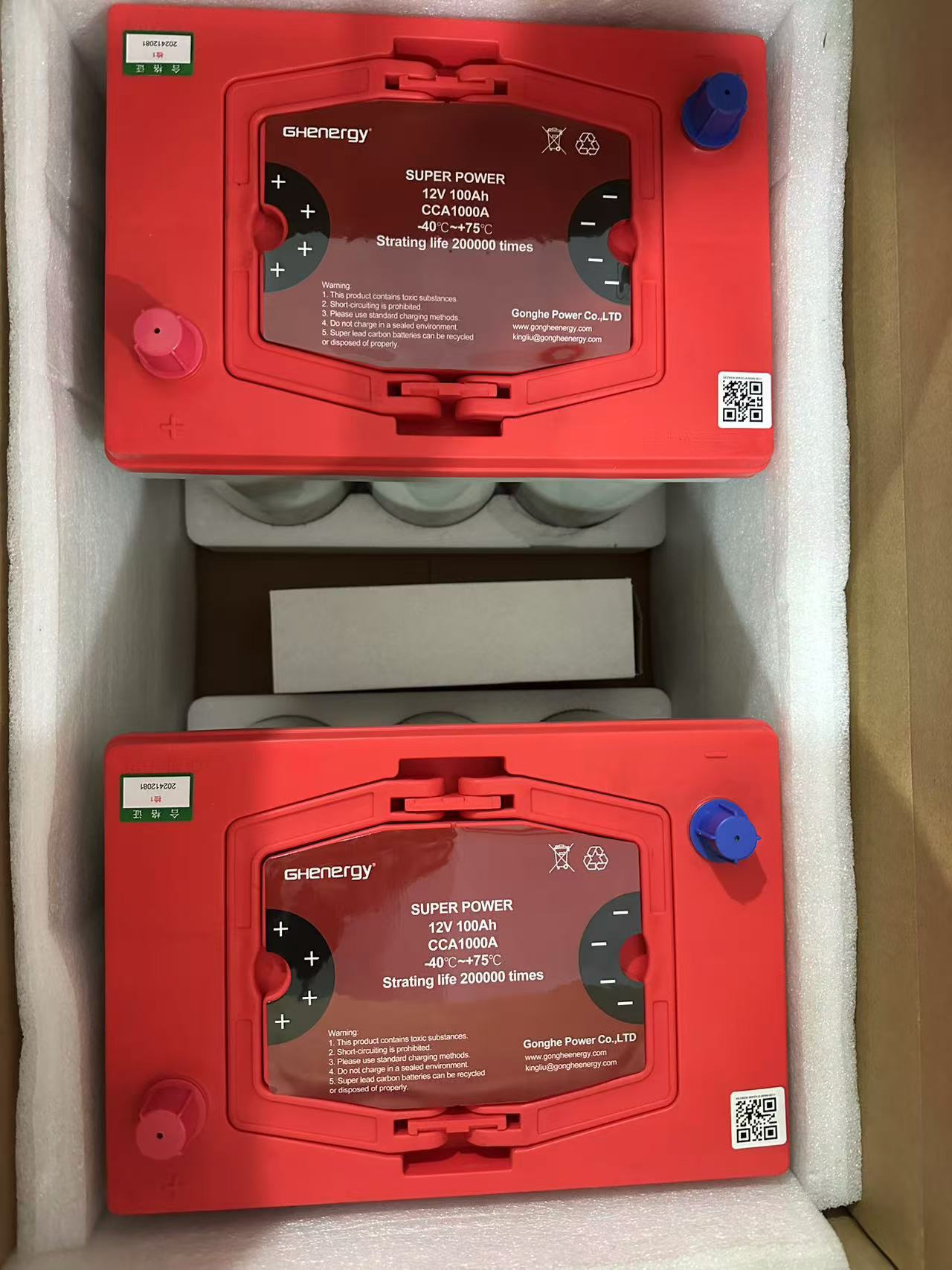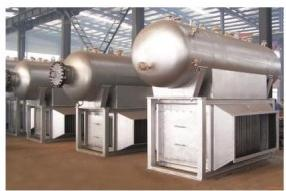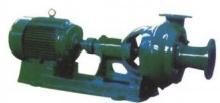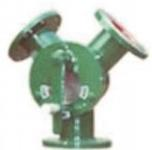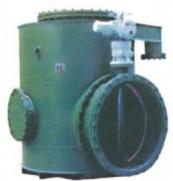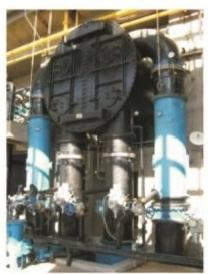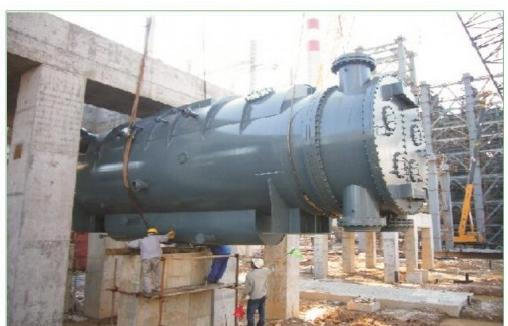Wedoany.com Report-Dec 11,Electric heat pumps have emerged as heroes of the 21st century decarbonization movement, helping homes and businesses shake free of the fossil energy grip on heating and cooling systems. However, basic heat pump technology dates back to the 1850s. It is long overdue for a modern makeover. In particular, innovators have been looking for alternatives to the refrigerant challenge, including new magnetocaloric systems that do away with refrigerants entirely.
The Heat Pump Refrigerant Problem
As described in a handy explainer from Mitsubishi Electric, the Austrian scientist Peter von Rittinger established the inner workings of today’s heat pump all the way back in the 1850s. “His heat pump used the same basic concept as today’s heat pumps: heat absorbed from air, water or the ground is transferred indoors to heat a space, and heat absorbed from indoor air is transferred outdoors to provide air conditioning,” Mitsubishi explains.
Heat pumps were originally applied to industrial operations before they entered residential use around the 1920s. A long series of energy efficiency and performance improvements followed, and the rest is history, with electric heat pumps for space heating now outselling gas-fired furnaces in recent years (see more heat pump background here).
Regardless of recent improvements in heat pump systems, the common denominator is the need for a refrigerant as an energy transfer medium. Earlier versions using chlorofluorocarbons were scotched by the 1987 Montreal Protocol, which identified CFCs as powerful agents of ozone layer destruction.
One common CFC replacement, HCFC-22, is also being phased out in the US and elsewhere. The US Environmental Protection Agency notes that many alternative refrigerants are on the market, but EPA also offers an important caveat. “While these replacement refrigerants, primarily R-410A, do not deplete the ozone layer, they do lead to climate change and need to be handled responsibly to avoid releases to the atmosphere.”
The Refrigerant-Free Heat Pump Of The Future, Eventually
Refrigerants can be recovered and handled safely once a heat pump reaches the end of its useful life. However, accidents and leakage can happen, and the risk of a measurable impact can add up when tens of millions of units are in circulation.
Last summer CleanTechnica took a look at one promising refrigerant-free solution in the form of elastocaloric technology. The working element is a compression-release cycle deploying tubes of nitinol (NiTi), an alloy developed by NASA. “In terms of the potential to replace heat pumps and other HVAC systems, nitinol generates a cooling effect simply by being stretched. It can also be tweaked to generate heat,” CleanTechnica observed.
However, the R&D timeline for an elastocaloric heating and cooling system of any appreciable size is fairly long. As of July, for example, researchers at the University of Saarland succeeded in demonstrating the technology on a cooler the size of a dorm room mini-fridge.
In the meantime, another heat pump alternative began to gain traction about a dozen years or so, in the form of magnetocaloric technology.
Back in 2012, the online publication ScienceNordic described a magnetocaloric project in prototype development at the Technical University of Denmark, called MagCool.
“Using magnetism to create a cooling effect requires very little energy. It’s also possible to use water instead of harmful greenhouse gases to transport heat and cold,” ScienceNordic explains.
“Magnetic refrigeration uses a magnetisable substance which heats up slightly when exposed to a strong magnetic field,” ScienceNordic elaborates. “The atoms behave like mini-magnets that are oriented in different directions. When they are affected by a magnet, they suddenly all face in the same direction and the substance heats up slightly.”
“By cooling down the substance while it is still magnetised and then demagnetising it, which allows the atoms to return to their original random orientation, the substance becomes colder than it was before it was magnetised,” they add.
There being no such thing as a free lunch, the MagCool project relies on gadolinium, an expensive rare earth metal commonly used in magnetism applications. The DTU research team was already working on a ceramic alternative using another rare earth, neodymium, with the aim of cutting costs.
A Magnetocaloric Heat Pump Solution For The USA, Eventually
Over here in the US, a team of researchers at Oak Ridge National Laboratory began working on a magnetoelectric refrigerator/freezer in partnership with General Electric Appliances back in 2013.
“Refrigeration technologies based on [the magnetocaloric effect] are fluorocarbon-free and offer potential energy savings of 20%–30% over conventional vapor compression systems,” the Energy Department noted.
The research involved testing different alloys of lanthanum, iron, silicon, and cobalt, with an occasional contribution from hydrogen, as alternatives to gadolinium. “By fine-tuning the alloy composition, the team can create materials with progressively lower Curie temperatures, allowing them to arrange the alloys to amplify cooling,” the Oak Ridge Lab observed in an update posted back in 2016, with Curie temperature referring to the loss of magnetic effect.
“Magnetocaloric materials are very touchy, though, so researchers had to overcome some serious practical challenges to take advantage of this oddity of physics,” Oak Ridge elaborated.
“Just Around The Corner” For Refrigerant-Free Heating & Cooling
More recently, a team lead by Ames National Laboratory researcher Julie Slaughter went off in a different direction. In a press release dated December 5 of this year, Ames lab reported that Slaughter and her team have developed a new energy efficient, refrigerant-free magnetocaloric heat pump that stacks up against conventional vapor-compression heat pumps on three key parameters: weight, cost, and performance.
For complete details, check out the study titled, “Scalable and compact magnetocaloric heat pump technology” in the January 2025 online edition of the journal Applied Energy. Ames Lab also provided a plain-language summary under the headline, “The future of more sustainable cooling and heating technology could be just around the corner.”
How much farther around the corner remains to be seen. Slaughter and her team did give themselves a head-start by working off known magnetocaloric technology. “We first looked at what is out there, and how close the existing magnetocaloric devices are to matching compressors,” Slaughter explains. “Next we developed a baseline design and then asked, ‘Okay, now how far can we push the technology?’”
In one of several departures from the Oak Ridge/GE project, the Ames team decided to deploy gadolinium-only technology while reducing overall costs by focusing on the permanent magnets and magnetic steel components.
Though the lanthanum-iron-silicon formula is known for its high power density, the Ames researchers decided that the gadolinium supply chain is more dependable and less complicated in terms of commercial application.
As for that Oak Ridge/GE project, as of 2016 the lab was aiming at a commercialization timeline of 2020 for a magnetoelectric refrigerator.
